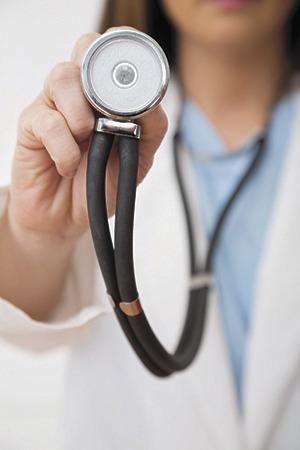More than 5,000 people in Washington took their own lives during the five-year period of 2010 to 2014.
Washington’s new Suicide Prevention Plan aims to reduce that toll through unified efforts involving people and groups across the state.
For many years, the state’s suicide rate has been above the national average, prompting Governor Jay Inslee to address the tragedy of suicide in an executive order last week.
“We can stop these tragic deaths, but it’ll take coordination and cooperation,” said Washington’s Secretary of Health John Wiesman. “We know there are ways we can make a difference and this plan maps out strategies to save lives in our state.”
“Suicide is a preventable public health problem, not a personal weakness or family failure,” asserts the first core principle in the plan, which the Washington State Department of Health created in response to 2014 legislation. “Everyone in Washington has a role in suicide prevention. Suicide prevention is not the responsibility of the health system alone.”
Other core principles include:
- Silence and stigma create harm by isolating people at risk and discouraging help-seeking.
- Suicide prevention requires changing contributing factors such as childhood trauma, isolation, access to lethal means, and lack of access to appropriate behavioral health care.
- Suicide doesn’t affect all communities equally, so prevention programs need to address local needs and cultures.
- People experiencing issues associated with suicide deserve dignity, respect and the right to make decisions about their care.
The plan divides the work of suicide prevention into four strategic directions based on the National Strategy for Suicide Prevention. Those are:
- Empowering people, families and communities to understand their roles in preventing suicide “upstream,” before a crisis.
- Directing suicide prevention programs toward those who need them most, helping identify people at risk and keeping them safe.
- Making treatment accessible, appropriate and respectful for people at risk.
- Using research, data and evaluation as a basis for suicide prevention work.
Washington has already made headway in battling suicide with a network of coalitions, student-led clubs, support groups, behavioral health treatment, culturally tailored initiatives, trainers, and community leaders. The state has groundbreaking suicide prevention training requirements for health professionals. The Department of Health has been involved in youth suicide prevention work for more than two decades.
The new plan builds on that base to address a problem that claims an average of three lives in Washington each day. The intent of the plan is to use data and community input to customize short- and long-term prevention and intervention tactics to best serve specific populations, avoiding a one-size-fits-all approach. Toward that end, a broad range of contributors and steering committee members participated in drafting, reviewing and completing the plan. As the document makes clear, suicide is a serious public health problem that everyone can play a role in solving.
The Department of Health website (doh.wa.gov) is your source for a healthy dose of information. Also, find us on Facebook and follow us on Twitter.


